In May, with water temperatures approaching 70°F along the Virginia coast and in Chesapeake Bay, several fish become more active or start arriving as they migrate seeking comfortable conditions. This temperature is ideal for many inshore and coastal species, marking the transition from colder to warmer water species. Here’s what you can expect between now and June, based on water temperatures and weather patterns.
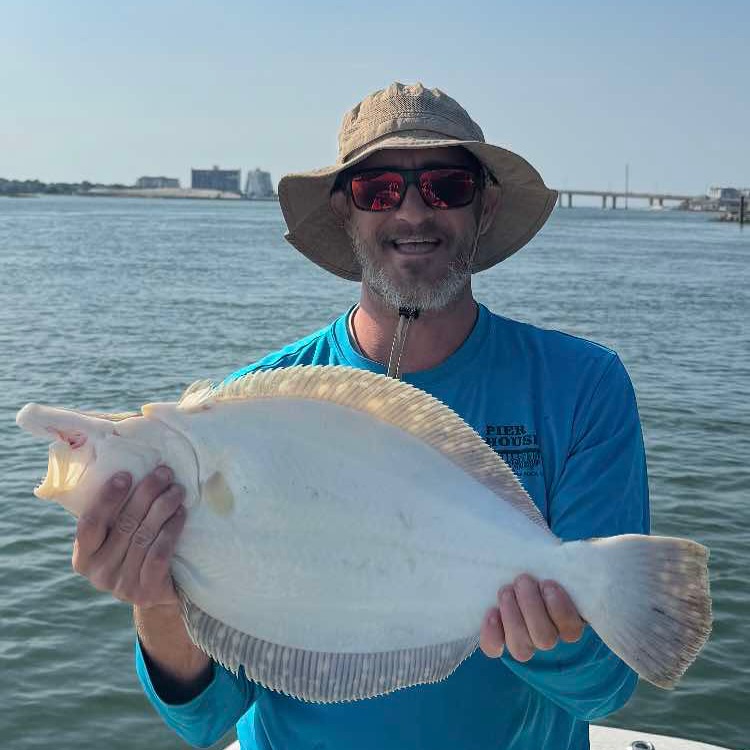
Flounder arrive in the Chesapeake Bay and in southside coastal waters in better numbers in mid to late May. They are daytime feeders, often found in inlets, coastal bays, and near structures like the Chesapeake Bay Bridge Tunnel (CBBT). They hit squid, live bait or cut bait and are a prime target in May as their numbers increase.
Gray Trout or Weakfish become active in the Chesapeake Bay starting in May and remain through November. They range from pan-sized to over 10 pounds, with smaller fish caught by bottom fishing and larger ones by trolling or live baiting. They prefer squid, peeler crabs, shrimp, or live spot.
Croakers arrive in the Chesapeake Bay in late spring, typically May, and are abundant through the summer. They are often caught alongside spots, using light tackle with bloodworms, squid, or cut fish. They are found throughout the Bay, inlets, and surf zones.
Spot arrive in May and are common in the Bay, surf, and inlets. They are small but scrappy, caught with light tackle and baits like bloodworms or fishbites. They are a staple while bottom fishing. They make great live baits for larger species.
Cobia start arriving in the Chesapeake Bay in May as water temperatures rise. The Bay is their spawning destination. They are targeted around navigation markers, wrecks, and the CBBT, often hitting live baits, bucktails or cut bait. Their presence increases through June.
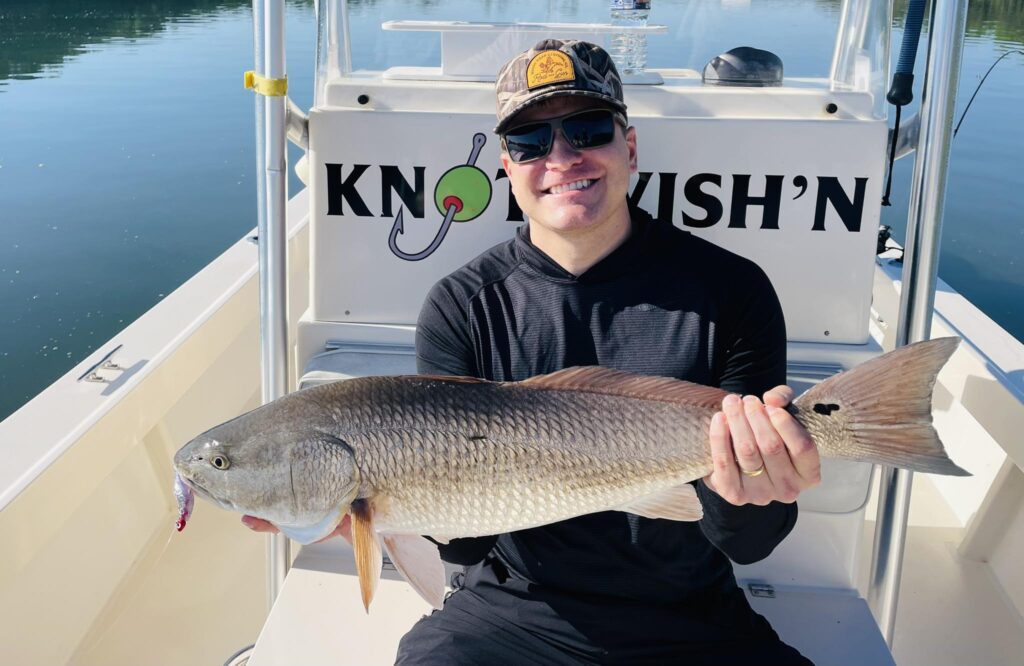
More Red Drum arrive in May, particularly along the Eastern Shore near Cape Charles and around the CBBT. They are often found along channels and are targeted with fresh clam or cut bait. Large schools may be spotted migrating toward the Bay. Sight casting is popular when schools are spotted on the surface.
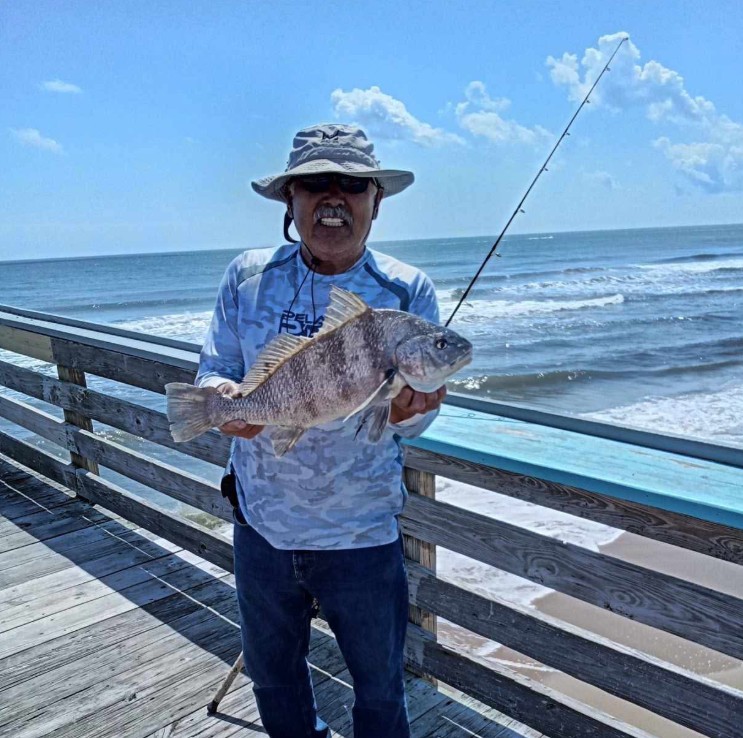
Black Drum are in the surf and inlets in May to feed and spawn, some reaching weights over 50 pounds. They are caught along the Eastern Shore and near Cape Charles, with fresh clam as the preferred bait.
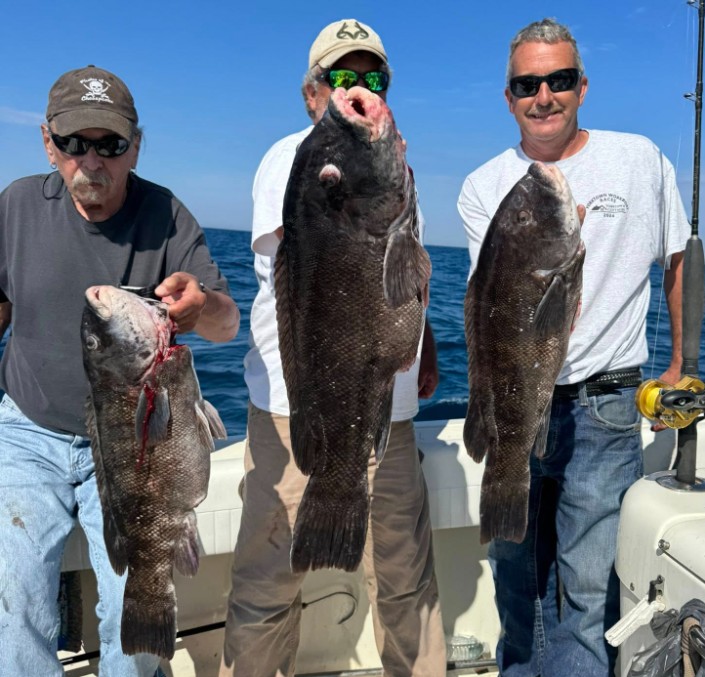
While Tautog are present earlier, they remain active in May particularly around hard structures like the CBBT island rocks. Largers ones are usally caught on ocean structures. They feed on crabs, shrimp, or clams, but the season closes mid-May (15th), so early May is key for targeting them. It’s being posted on social media that on May 9, 2025, Sam Cook might have set a new Virginia state record with a remarkable catch. His fish weighed in at an impressive 26 pounds and was caught using crab for bait. If certified, this fish could challenge the existing state record fish, a 24 pound 3 ouncer, caught by Ken Neill III on March 25, 2012 off the coast of Virginia Beach. The current record was caught on the Morgan Wreck which is part of the Triangle Reef site, approximately 30 nautical miles off Cape Henry.
May marks the beginning of the Sheepshead season. They typically start to show up in coastal waters during this month. As the water temperatures rise, they become more active and are often found near jetties, piers, and rocky areas. Anglers can expect to catch these fish using bait like fiddler crabs, shrimp, or small mollusks. Their strong fight makes them a favorite among fishermen. This month is ideal for targeting them.
Speckled Trout may start appearing in the lower Bay in May, though they become more abundant later. They are sensitive to colder water but can be caught in warmer pockets, especially in inlets like Rudee or Lynnhaven, using soft plastics or live bait.
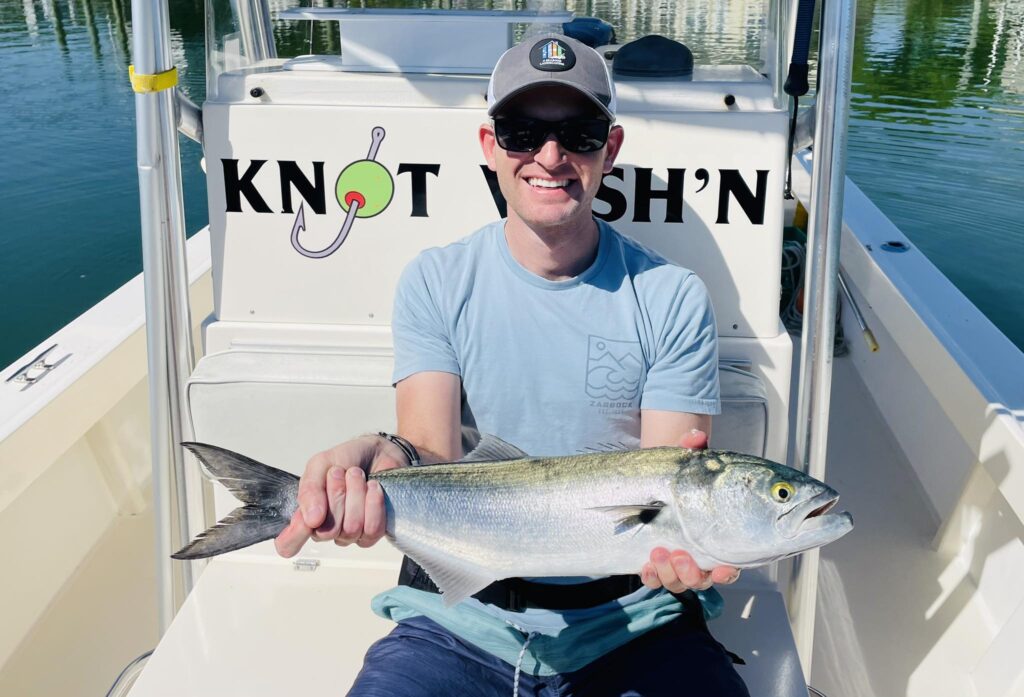
Bluefish arrive from North Carolina in Virginia Beach waters in May, following the warming waters. They are abundant in the surf and nearshore, often caught with cut bait or lures, and can reach up to 35 inches.
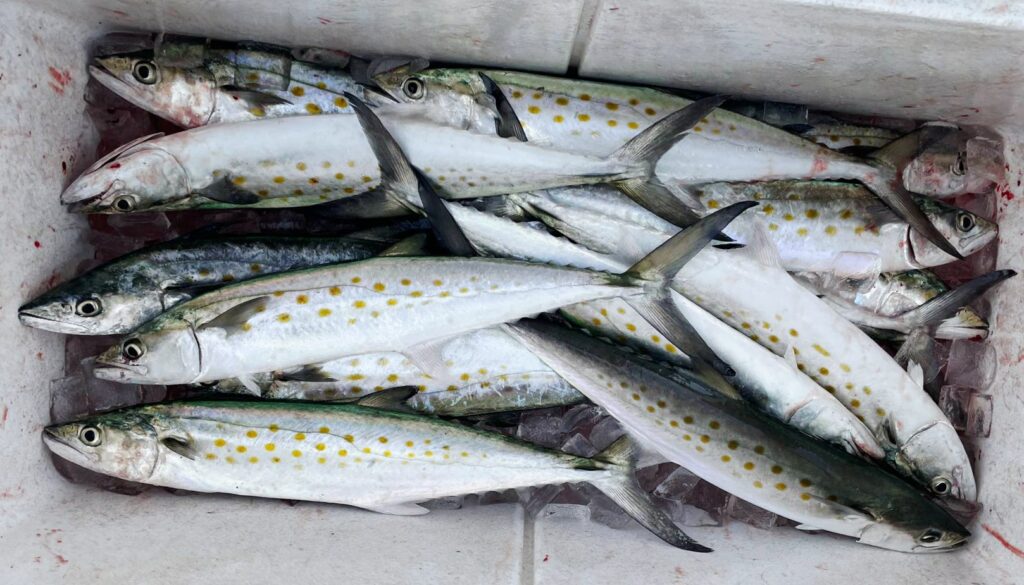
5-11-2025 Catch on Knot Wish’n
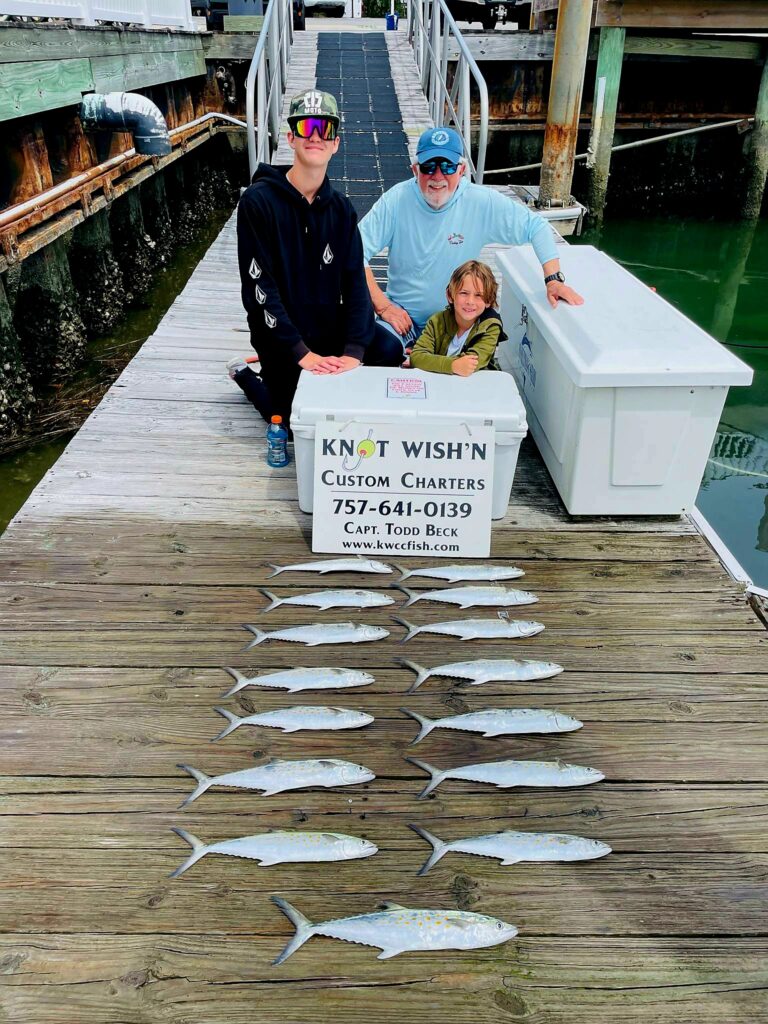
Captain Todd Beck, Knot Wish’n charters says that Spanish Mackerel are hitting the waters along Sandbridge right now, as May aligns with their typical migration into the Chesapeake Bay and coastal Virginia waters. They’re schooling, fast-swimming fish, often found in tidal rips and near structures like wrecks or piers from late May through October, with peak action July to September.
By late May, early June, Spadefish become readily available. They hang in large schools and prefer warm, waters with plenty of structure such as wrecks, reefs, and pilings. Anglers typically use jellyfish or clams as bait to attract spadefish, which are known for their delicate bites. Fishing for spadefish provides a unique challenge due to their schooling behavior and subtle feeding habits.
Offshore
In May, 30 to 50 miles offshore, and with water temperatures in the 60s°F, you can expect to encounter a variety of species, particularly as the season transitions from spring to early summer. This distance typically places you near areas like the Triangle Wrecks, the Fingers, and the Cigar, which are known for productive offshore fishing. Based on seasonal patterns Here’s what you might encounter.
Yellowfin Tuna start appearing offshore in May, often found in deep waters near temperature breaks or current edges. They’re prized for their hard fight and are commonly caught trolling with lures or baits like squid or ballyhoo. Average size is 30–70 pounds, with peak season extending into summer.
Bluefin Tuna are still a possibility but are less present in May than Yellowfin. They’re caught trolling or chunking in offshore waters, typically weighing 30–70 pounds, but larger specimens are possible. Their season peaks from June to August.
Mahi Mahi colorful and acrobatic are found in warm waters near the Gulf Stream, often around weed lines or floating debris. May marks the start of their season, with fish averaging 3–6 feet and up to 40 pounds. Trolling with ballyhoo or lures is effective.
Blue Marlin peak season is later (August–October),but some Blue Marlin may appear as early as May, especially if water temperatures reach the upper 60s. They’re found in deeper waters near the continental shelf or canyons, often caught trolling.
White Marlin can show up in late spring as waters warm, particularly near the 30-fathom line (e.g., the Fingers). They’re smaller than Blue Marlin (40–60 pounds) and are targeted by trolling with live baits or artificial lures.
Wahoo are available in May, these fast, hard-fighting fish are found in deep waters near drop-offs or seamounts. They’re caught trolling with lures or ballyhoo, with sizes ranging from 10–50 pounds, occasionally up to 90 pounds.
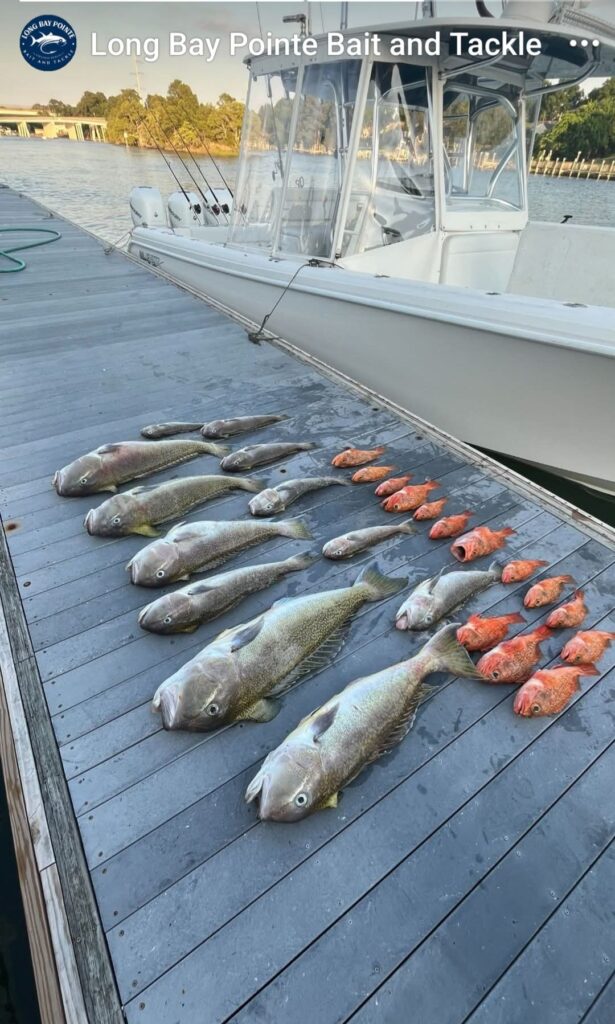
Tilefish (Blueline and Golden) are found in deep waters (600+ feet) around wrecks and trenches, Tilefish are a great target for deep dropping with squid or cut bait. Blueline Tilefish average 10+ pounds, while Golden Tilefish can exceed 30 pounds. May is a productive month for these species.
Snowy Grouper are bottom-dwellers inhabit rocky bottoms at depths up to 800 feet and are caught deep dropping near wrecks. They’re available in May, with the season extending from April to December, and are sought after for their tasty meat.
Amberjack will become present around wrecks and reefs like the Triangle Wrecks, Amberjack show up in early summer. They’re strong fighters, averaging 25–60 pounds, and are caught using live baits like mullet or menhaden.
Black Sea Bass are on offshore wrecks and reefs, these are caught bottom fishing with squid or crab baits. They average 3–6 pounds and are available year-round, with good action in May.
Be sure to check Virginia’s fishing regulations via the Virginia Marine Resources Commission (mrc.virginia.gov) for size, bag limits, and seasons. Some species, like Tuna, may have conservation restrictions.
For the best experience, consider a charter with a VBSF sponsor. These long time expert Captains can target specific species based on conditions and recent bites. If you want more details on specific spots, techniques, contact Long Bay Pointe Bait and Tackle.
Good luck and tight-lines!

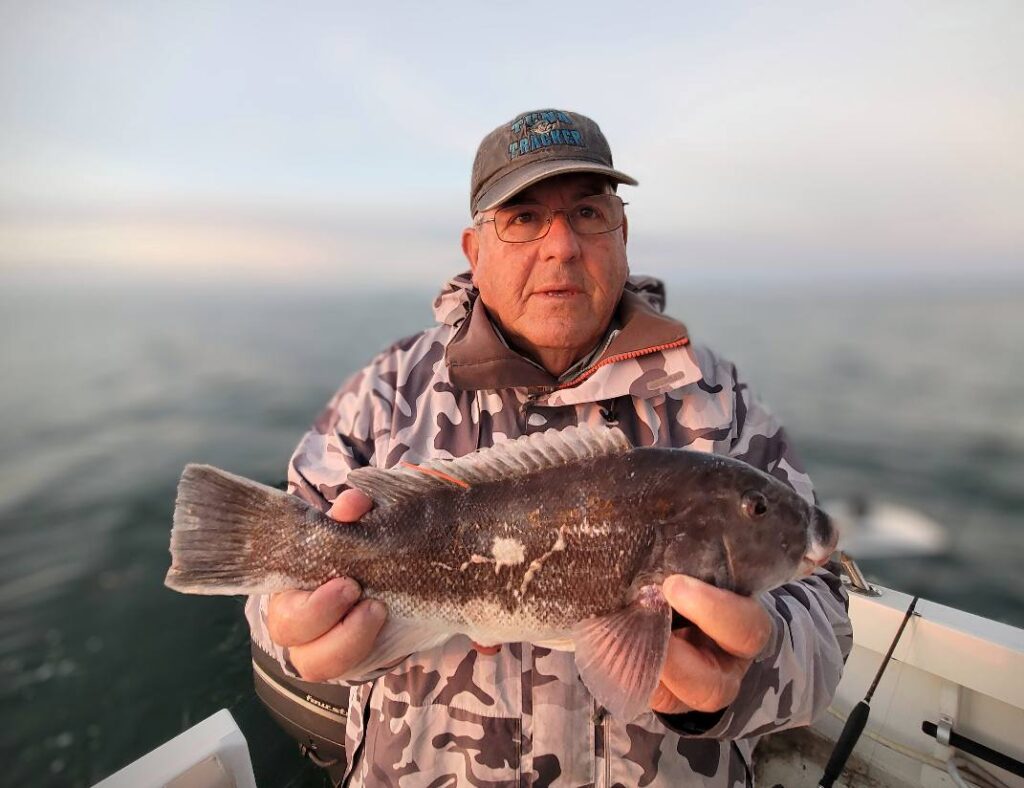


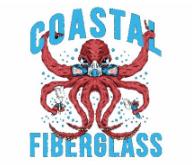

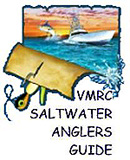





 Views Last 7 days : 1800
Views Last 7 days : 1800 Views Last 30 days : 5892
Views Last 30 days : 5892